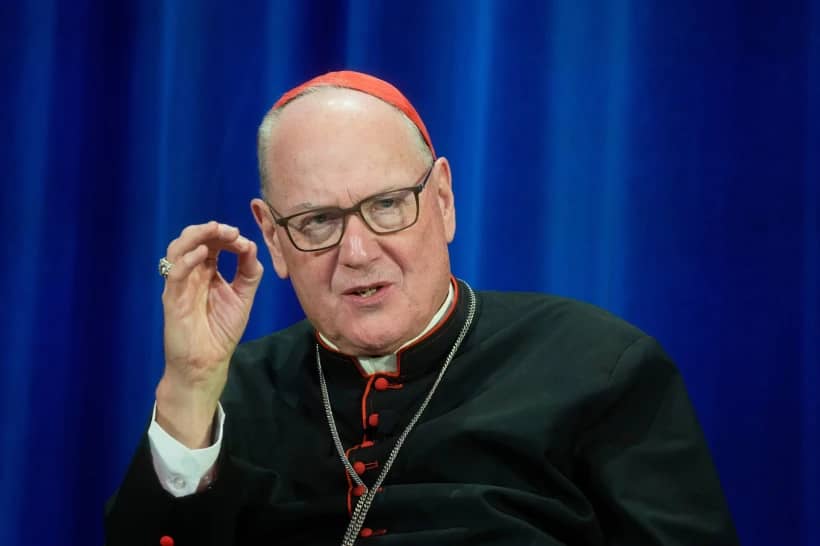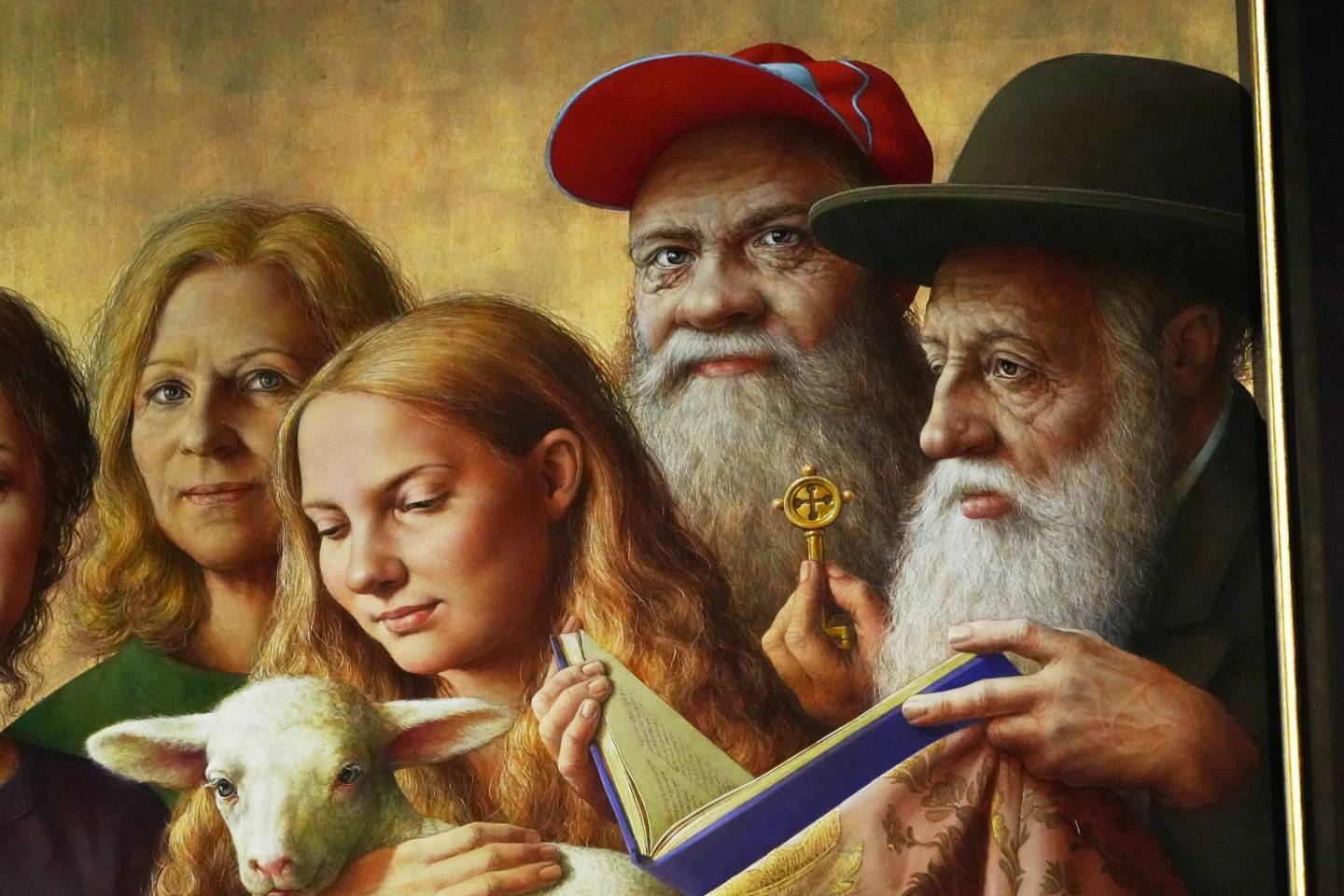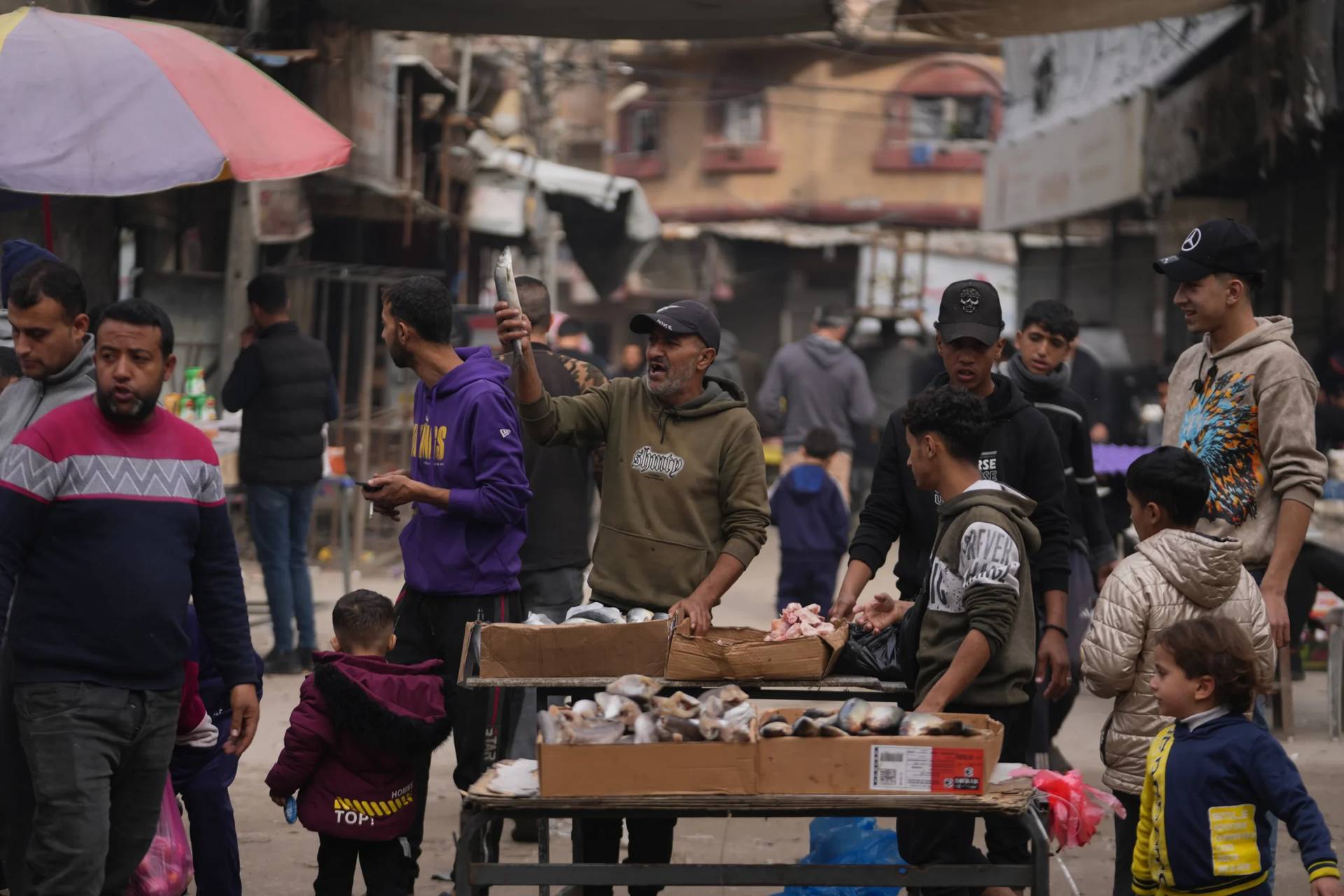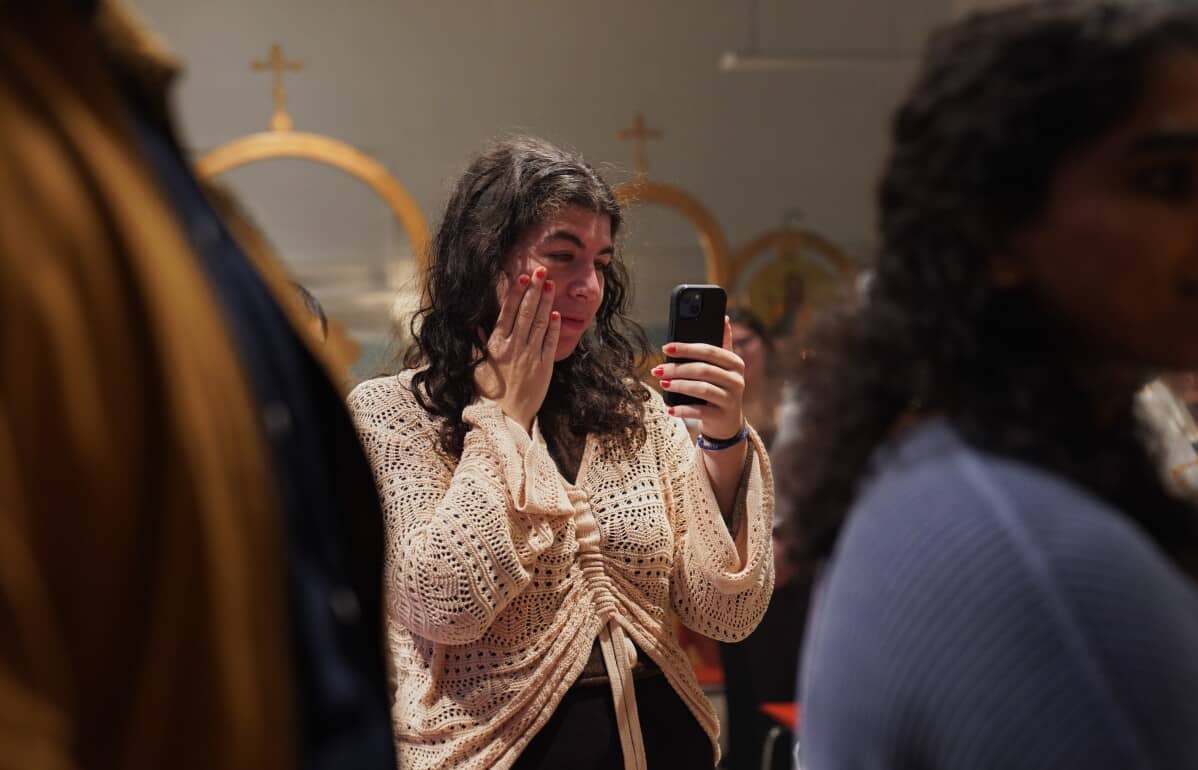NEW YORK – A new report on the history of slavery in the Archdiocese of St. Louis, Missouri, details how many people were enslaved by the archdiocese’s first three bishops, as well as 11 diocesan priests, and seven other clergymen who ministered there in the nineteenth century.
In all the report identifies the names of 99 people enslaved by Catholic clergy in the archdiocese – 44 enslaved by diocesan bishops and clergy, and the rest enslaved by clergy of religious orders.
The report, “Slavery in the Historic Archdiocese of St. Louis,” notes however that these numbers are not definitive; that more people who were enslaved have yet to be identified. There remain at least 30 unidentified people who were enslaved by diocesan bishops and clergy, it states.
In an introductory letter to the report, Archbishop Mitchell Rozanski said he hopes it can lead to healing.
“We present the findings within this report with penitent hearts, so that we may begin the work of healing and continue to work toward the eradication of the sin of racism,” Rozanski said.
In the 84 page report are the biography and background of each bishop and clergy that details their exposure to, involvement in, and known views of slavery. The report also provides a biography of each individually named enslaved person held by the bishops and clergy.
The three aforementioned bishops who enslaved people while leading the archdiocese were Bishop William Louis Valentine DuBourg, Bishop Joseph Rosati, and Archbishop Peter Richard Kenrick, who enslaved 19 people, 23 people, and 4 people, respectively.
DuBourg led what was then the Diocese of Louisiana and the Two Floridas from 1815 to 1826, at which time he returned to France to serve as a bishop until his death in 1833. Rosati took over for DuBourg in 1826, and then became the first bishop of the Diocese of St. Louis when the diocese split in two a year later. He remained in charge of the diocese until he died in 1843.
Kenrick took over after the death of Rosati, and in 1847 became the first archbishop of St. Louis when it became a metropolitan see. He was there until 1895, and died a year later.
Even before there was a bishop in St. Louis, slavery was still prevalent among Catholic clergy who missioned in the area. The report identifies mission priests Fathers Pierre Gibault and James Maxwell who enslaved at least nine identified people before DuBourg became bishops. It also identifies five other mission priests who enslaved as many as 31 people in the years before St. Louis was a diocese.
The report, published on June 22, is the latest piece of the archdiocese’s “Forgive Us Our Trespasses” project that was launched in 2018 by then-Archbishop Robert Carlson to research the archdiocese’s historical role in slavery. In 2020, Archbishop Mitchell Rozanski expanded the project, and gave it the “Forgive Us Our Trespasses” moniker.
Carlson initiated the project so the archdiocese could better understand the use of the labor of enslaved people by the bishops and clergy of the archdiocese, in what Rozanski describes as an effort to “bring to light the contributions and untold stories of those who were enslaved by the local church.”
When Rozanski took over in 2020, he named the project, and gave it two additional goals in the spirit of penitence and healing: To “promote open and honest access to the historic record of enslavement” in the archdiocese, and to “promote community engagement and encourage dialog.”
The report was compiled through thousands of documents from research institutions worldwide, and according to Rozanski, represents the entirety of that research and what is currently known regarding the enslavement of people by diocesan clergy and bishops within the historical boundaries of the archdiocese.
The research, however, will continue. The report states that the archdiocese will continue to examine its own files and make periodic updates to the report as new findings are compiled. Research will also continue into primary sources at a variety of institutions, including academic, diocesan, religious order, and civil archives, the report states.
“The enslaved individuals identified in this report played a vital role in building the local Church from a small, frontier mission to a thriving archdiocese. Their efforts must be acknowledged, and their stories must be told,” the report states.
“This work is not complete,” the report continues. “There are unidentified enslaved people within the report that the committee strives to identify, and there are enslaved people that research has yet to uncover. They will be added to the report as the research continues.”
Follow John Lavenburg on X: @johnlavenburg















